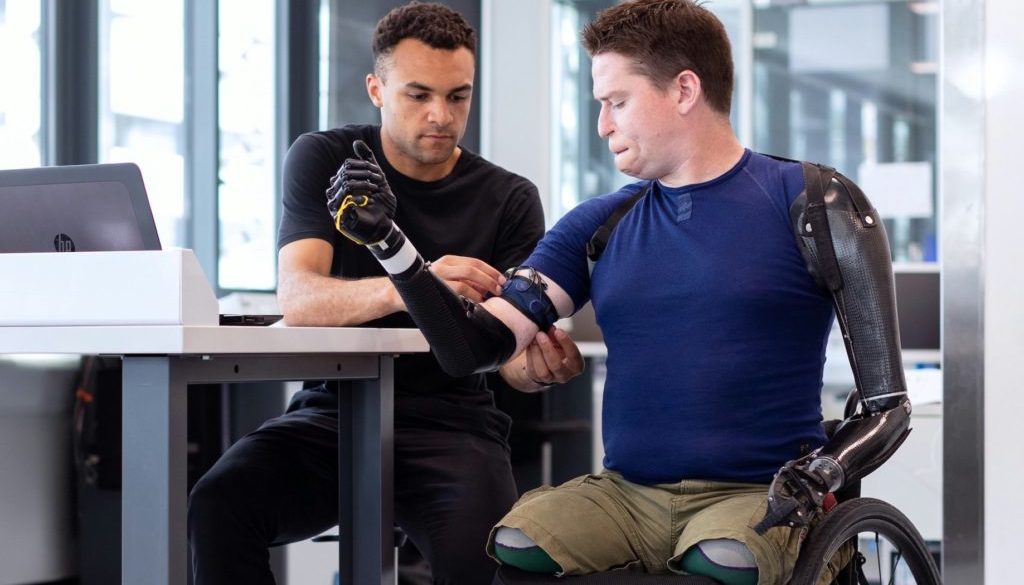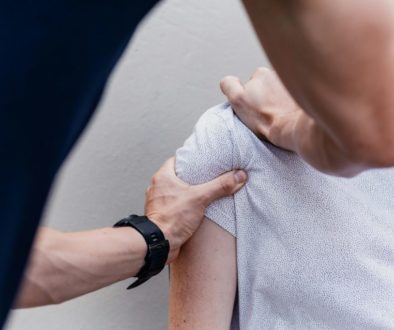Elevating Recovery: The Transformative Impact of Technology and Innovation in Personal Injury Rehabilitation
In the intricate tapestry of personal injury recovery, the intersection of technology and innovation is emerging as a powerful force, reshaping the landscape of rehabilitation. This essay delves into the profound impact of cutting-edge technologies and innovative therapies, exploring how they are revolutionizing the rehabilitation process for personal injury victims.
Technological Frontiers in Rehabilitation:
The advent of Virtual Reality (VR) therapies stands as a testament to the transformative potential of technology in the rehabilitation sphere. VR is not merely a tool for immersive entertainment; it has evolved into a therapeutic medium for personal injury victims. By creating simulated environments, VR therapies facilitate physical and cognitive exercises, providing a nuanced approach to rehabilitation. For individuals grappling with the aftermath of personal injuries, VR opens a window to possibilities, offering a dynamic and personalized means of rebuilding their lives.
In the realm of physical rehabilitation, the integration of robotics and exoskeletons represents a leap forward. These technologies offer targeted assistance during therapy sessions, assisting personal injury victims in regaining strength and mobility. For those navigating the challenging path of physical recovery, robotics and exoskeletons provide a bridge between limitations and newfound possibilities. The synergy between human effort and technological support is reshaping the narrative of physical rehabilitation, fostering a sense of empowerment for individuals seeking to reclaim their independence.
Accessible Care Beyond Boundaries:
The vast expanse of Canada presents unique challenges for those seeking consistent rehabilitation care. Enter telehealth services and remote monitoring technologies, which have emerged as beacons of accessible care. Personal injury victims scattered across the Canadian landscape can now access rehabilitation services from the comfort of their homes. This not only addresses geographical barriers but also ensures a continuous and tailored approach to recovery. Remote monitoring keeps healthcare professionals informed about progress, facilitating a collaborative and supportive relationship that transcends physical distances.
Wearable technology is another facet of innovation that is putting the power of rehabilitation in the hands of personal injury survivors. Real-time data on vital signs, activity levels, and progress is at their fingertips, quite literally. Wearables not only provide valuable insights for healthcare professionals but also empower individuals to actively engage in their recovery journey. The visualization of progress becomes a motivating force, turning the rehabilitation process into a collaborative effort between technology and personal agency.
Precision in Personalized Rehabilitation:
Artificial Intelligence (AI) is revolutionizing the landscape of rehabilitation by offering personalized recovery plans. AI algorithms analyze extensive datasets, considering factors such as injury specifics, response to therapies, and individual goals. This data-driven approach ensures a more precise and adaptive rehabilitation strategy, maximizing the chances of successful recovery. For personal injury victims, AI is not just a technological marvel; it is a personalized guide navigating the intricate terrain of their unique rehabilitation needs.
Cognitive training applications, a subset of this technological revolution, are exercising the minds of personal injury survivors. Targeting memory, attention, and problem-solving skills, these apps provide a convenient avenue for engaging in cognitive exercises outside traditional therapy settings. For individuals working on cognitive rehabilitation, these apps offer flexibility and adaptability to their unique needs, fostering a holistic approach to recovery.
In conclusion, the amalgamation of technology and innovation is breathing new life into the rehabilitation journey for personal injury victims. From the immersive realms of Virtual Reality to the precision of AI-driven personalized plans, each technological frontier represents a beacon of hope and possibility. The narrative of personal injury recovery is undergoing a profound transformation, guided by the synergy between human resilience and the boundless potential of technological innovation. As we embrace this era of elevated recovery, we embark on a journey where the horizons of possibility extend far beyond the constraints of injury.
If you have been injured or know someone who has, contact our team of lawyers at Hilborn and Konduros in Cambridge, Ontario. We can help!



